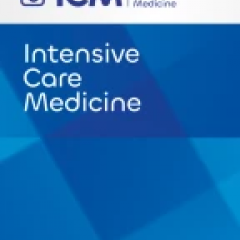A recent systematic review, led by Michele Cree a PhD candidate, at CRE REDUCE has been published in the International Journal of Antimicrobial Agents. This study compares the pharmacokinetic parameters (distribution and clearance) of antimicrobials in ECMO and CRRT with critically ill neonatal and paediatric patients not supported by ECMO or CRRT. This review identified 44 studies that included 737 neonatal and paediatric patients receiving ECMO and/or CRRT. For the ECMO pharmacokinetic studies there were 11 antimicrobials described, and for the CRRT studies there were 10 antimicrobials described. The drug properties (lipophilicity and protein binding) of the antimicrobial may not always predict the pharmacokinetic changes.
Key findings in the study include:
Primary Findings
The pharmacokinetics are altered for cefepime, ceftolozane, daptomycin, fluconazole, gentamicin, micafungin, piperacillin and vancomycin in neonatal and paediatric patients receiving ECMO or CRRT, although there was considerable patient variability described.
Secondary findings
The pharmacokinetic analysis in the 44 studies consisted of 1- or 2-compartments, identifying significant covariates on volume and clearance, often associated with circuit configuration and settings.
Limitations
There are significant gaps in the published pharmacokinetic studies in the review with over 70% of the ECMO studies and less than 1% of CRRT studies reporting on neonatal patients, and over 50% of the studies describing results in a single study of an antimicrobial.
This publication identifies significant gaps remain in our understanding of antimicrobial pharmacokinetics in critically ill neonatal and paediatric patients supported and not supported by ECMO and CRRT, and future research is required to determine if the pharmacokinetics are altered, resulting in subtherapeutic concentrations, treatment failure and the development of resistant pathogens.



